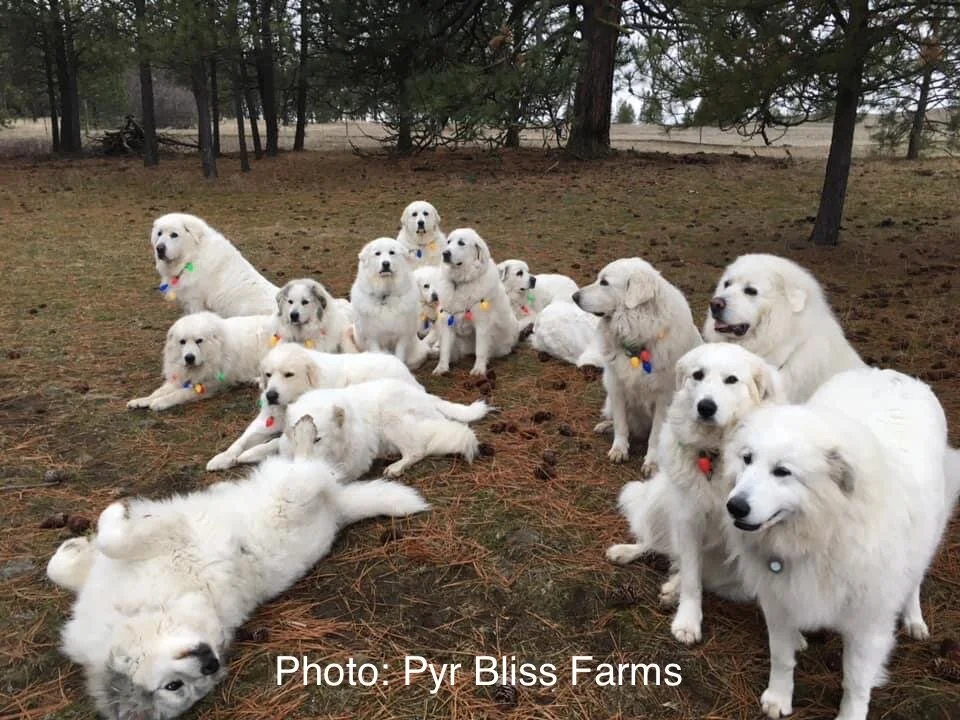Photo: Sonomaphoto.com https://pin.it/1oPxVqV
THERE’S NO SCIENTIFIC REASON TO BELIEVE LITTERMATE SYNDROME EXISTS.
Do your two siblings dogs get into fights? Do they become more and more vicious? Have you consulted a specialist, and they told you it’s littermate syndrome? I’m sorry you have been in this situation. It must have been devastating. However, what you experienced was not “littermate syndrome.” It was a dispute!
Sibling aggression does not exist, and no studies out there confirm that it does. Many breeders routinely keep littermates as show or sport dogs. These dogs generally grow up to fit nicely into the show or sport world, free of serious aggression or neophobia. Here is a great article about “liter-mate” syndrome from a colleague from the International Association of Animal Behaviorists Consultants ( IAABC)
what causes littermates to fight?
From my experience, what happened in your home may have been a classic dispute. I can look at it through an online behavior assessment. You’re also welcome to message me.
Dogs and siblings will have disputes throughout their lives. What regulates the intensity are morals and ethics set by the caregiver and how dogs know to troubleshoot conflicts. There are five types of disputes. Here’s a great overview: https://www.holisticdogtraining.org/blog/5-reasons-why-dogs-get-in-disputes Disputes can be addressed with a detailed planned parenting intervention explicitly designed for your family.
It can take from 78 hours to a month for dogs to calm down after a dispute.
Food and nutrition is a significant factor in aggressive behavior, and may be part the reason littermates get into a fight. Read more
Vaccination induced aggression. (Behavior changes after rabies vaccination is also called Rabies Miasm) Some of these post-vaccination problems include serious behavior changes. These may consist of sudden aggression, reactivity, anxieties, fears, phobias, etc. Virtually any new “over-the-top” behavior can be seen and has been well described in international scientific journals. These symptoms can show up weeks after the vaccination. There is a treatment for that. Happy to discuss how to approach your vet with this question as this subject has been suppressed in most veterinary schools.
There could be a combined situation of underlying medical conditions but also due to parasites that should be investigated.
Since socialization should begin early in a puppy’s life, it is the responsibility of the breeder and the caregiver to educate the puppy. However many adopters of two or more puppies from the same litter usually don’t supervise the puppies during playing, and don’t set rules that teaches them social skills. Unfortunately many caregivers rely on obedience and group classes. However, the evidence in support of puppy socialization classes is less clear. There is some evidence that puppy classes positively impact adult behavior, but other studies show no clear benefit.
Earlier this year, a major study of more than 13,000 dogs analyzed the effect of spay/neuter status and age that the procedure was performed on three different types of aggression – towards familiar people, strangers, and other dogs. (This is a huge sample size, and the study was very detailed – I highly recommend reading the paper for yourself if this is something that interests you!)
There is a high likelihood that siblings with insecure attachments toward their caregivers will respond with aggression, will engage in repeated conflicts, and will involve themselves in sibling bullying, resource guarding, or territorial aggression. A human study: Attachment to Parents As a Moderator in the Association between Sibling Bullying and Depression or Suicidal Ideation among Children and Adolescents is a great example. Read the study
What do do if puppies start fighting?
There is always a valid reason when puppies fight. Until the root-cause is clear, keep your dogs separated. Do not punish a puppy, continue the daily routines individually with each puppy until you talk to a behavior consultant ( not trainer), as this is a behavior situation and not an obedience issue.
What colleagues have to say about Littermate Syndrome
“As behavior consultants who value the Humane Hierarchy, we can do better than crying “littermate syndrome!” and jumping straight to rehoming.
Rather than immediately suggesting that struggling owners give up one of their puppies, perhaps we should focus on: Teaching our clients about basic canine body language. Helping our clients understand the importance of training, walking, and socializing the dogs separately at times. Implementing management strategies for our clients, such as crate-and-rotate and muzzle training, when necessary. Educating our clients on the necessary steps of desensitization, counterconditioning, and teaching alternative behaviors. Behavior consultants should at least attempt to address the dogs’ social, physical, and mental needs. When necessary, it is our responsibility to implement environmental management, conduct counterconditioning, and teach the dogs obedience skills before suggesting rehoming.” - Kayla Fratt, CDBC
“The most common reason given for not adopting two pups from the same litter is that they will “bond better” with each other than with you. This intuitively makes sense, in that the pups have already had the closest and most intimate experience with each other, and often during important phases of socialization. You’re already fighting the fact that you’re an alien (aka, another species) and are inherently confusing to your dog.” Patricia Mcconnell- The other end of the leash.
As holistic behavior consultant, working with several thousand cases, I have noticed that puppies of the same age, get in disputes as result of their social development. Each puppy will explore the social dominance just like children do in play groups. However, if there is no parenting or supervision to regulate the play it can get serious.
Same sex aggression in LITTERMATEs
In an article Stanley Coren PhD explains: “Evidence suggesting that male dogs are more aggressive is consistent with the fact that aggressive behavior can be triggered by testosterone, the principal male sex hormone. In dog versus dog aggression, it is true that male dogs do posture, threaten and challenge each other more than females, though this is largely ritualized display aimed at establishing social rankings. While it can be disturbing and embarrassing to the respective owners, serious injuries to the dogs are rare.”
The females are actually much more intent upon exercising their dominance and while males can forgive an occasional transgression of canine protocol or a failure to recognize their status, females do not. This explains why actual fights are more likely to break out between two females and these often occur without much advance warning. These fights between females are more of a “no holds barred” affair rather than the male ritualistic fighting that includes snapping at the air in front of the opponent or using inhibited bites to threaten rather than to maim.
References:
Seksel K, Mazurski EJ, Taylor A. Puppy socialisation programs: short and long term behavioural effects. Appl Anim Behav Sci. 1999;62:335–349.
Tiffani J Howell Puppy parties and beyond: the role of early age socialization practices on adult dog behavior- Vet Med (Auckl). 2015; 6: 143–153.,



